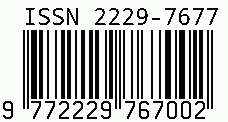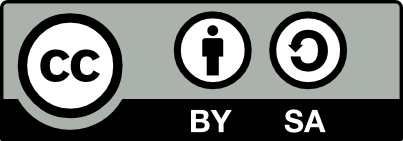
International Journal on Science and Technology
E-ISSN: 2229-7677
•
Impact Factor: 9.88
A Widely Indexed Open Access Peer Reviewed Multidisciplinary Bi-monthly Scholarly International Journal
Plagiarism is checked by the leading plagiarism checker
Call for Paper
Volume 16 Issue 3
July-September 2025
Indexing Partners



















Experience using Intravenous N-Acetylcistein in Severe Dengue Induced Acute Liver Failure: A Rare Case Report
| Author(s) | Garba Sandhi Wusana Despriyatmoko, Diatrie Anindyajathi |
|---|---|
| Country | Indonesia |
| Abstract | Dengue is one of the common harmful mosquito borne-viral disease which belongs to the Flaviviridae family1. There are different dengue virus serotypes causing dengue disorders, including, asymptomatic infection, dengue fever, undifferentiated fever, fatal and severe dengue hemorrhagic fever. Aedes aegypti mosquito (main-urban-vector) and Aedes albopictus female mosquitos are the known vector for transmission of dengue virus from an infected person to others by biting2. Dengue a growing public health concern approximately four billion people in 130 countries identified at risk of infection. As of 30 april 2024, 7.6 million dengue cases have been reported to WHO in 2024, including 3.4 million confirmed cases, over-16000 severe cases, and over-3000 deaths3. Incidence of hepatic dysfunction in children with dengue is quoted to be as high as 90%. Acute liver failure (ALF) can rarely occur, less than 1% of cases and is associated with poor outcome with mortality rate of up to 50%4. N-acetylcysteine (NAC), which is used for the treatment of nasal congestion disorder and paracetamol overdose toxicity, could be used as a definitive therapy for dengue virus induced ALF5. We report a case of a 12-years-old boy with severe dengue induced acute liver failure in whom intravenous (iv) NAC was used-successfully. |
| Keywords | Dengue, Acute liver failure, N-Acetylcistein, INR (international normalized ratio), PALFSG (Pediatric Acute Liver Failure Study Group) |
| Field | Medical / Pharmacy |
| Published In | Volume 16, Issue 2, April-June 2025 |
| Published On | 2025-06-19 |
| DOI | https://doi.org/10.71097/IJSAT.v16.i2.6079 |
| Short DOI | https://doi.org/g9qxfc |
Share this


CrossRef DOI is assigned to each research paper published in our journal.
IJSAT DOI prefix is
10.71097/IJSAT
Downloads
All research papers published on this website are licensed under Creative Commons Attribution-ShareAlike 4.0 International License, and all rights belong to their respective authors/researchers.

